Mycotoxins are toxic substances produced by mycotoxigenic fungi in agricultural products, mainly in cereals.
From the food safety point of view, the most important mycotoxins are:- Aflatoxins
- Ochratoxin A
- Zearalenone
- Fumonisins
- Trichothecenes
Degree in Veterinary Medicine and Doctor in Food Science
Associate Professor. University of Valencia.
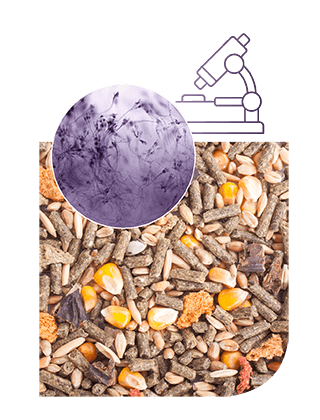
Cereals and Mycotoxins
Cereals are the main raw material of animal feed (Santos et al., 2011), that is why mycotoxins have become one of the greatest challenges of the livestock industry, affecting at the same time other parts of the food chain, such as stores, manufacturers and farmers.
Figure 1. Exposure to mycotoxins through ingestion in humans and animals (Tolosa, 2017)
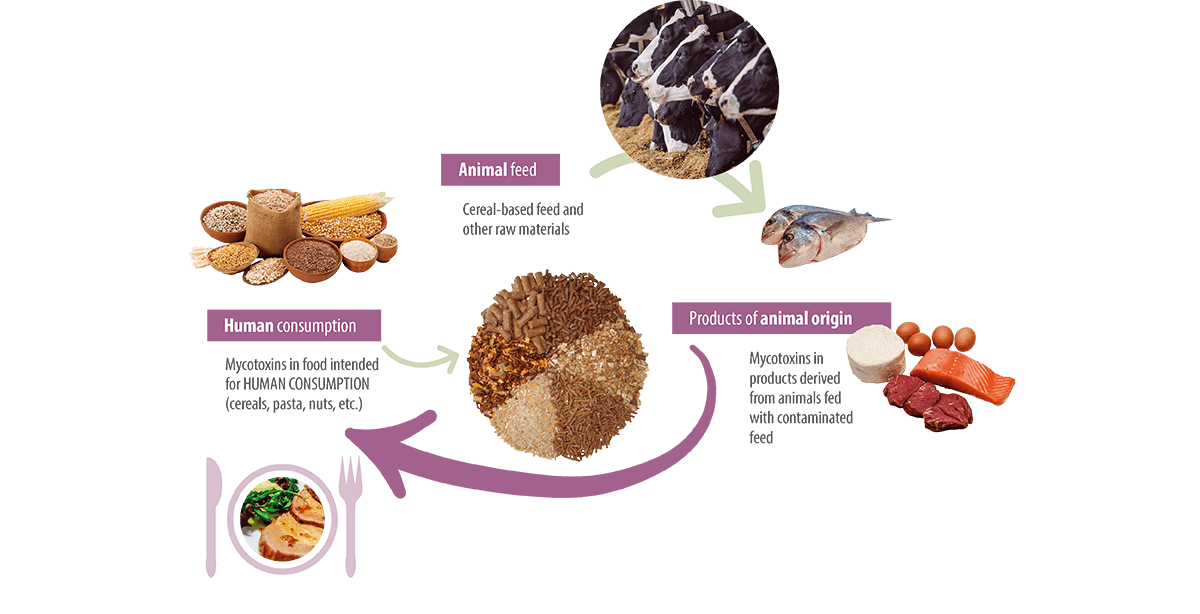
Nowadays, one of the problems of great interest is the presence of mycotoxins in animal feed, as these can be transferred to tissue and derived products (meat, milk, eggs) of animals fed with contaminated feed (Figure 1).
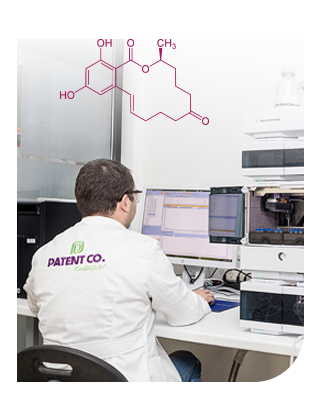
Rapid methods of detection
The obligation to comply established regulatory limits has promoted the development of analytical techniques for the analysis of mycotoxins in food and feed, in compliance with control systems and established quality requirements.
Among the rapid methods are those qualitative or semiquantitative easy to handle methods allowing quick and economic analysis with low instrumental component, primarily used for screening of a large number of samples (González-Sapienza & Venancio, 2011).
Most of the rapid methods are immunochemical assays based on the use of antibodies as specific recognition elements of the target mycotoxin, commonly used as routine analysis in feed mills.
Immunochemical methods
Operational principle of these methods is the antigen-antibody reaction, where the antigen is a modified mycotoxin, which, once produced, becomes a signal allowing quantitation thereof.
Immunoassays
The most commonly used technique is the Direct Competitive Enzyme Linked Immunosorbent Assay (ELISA) (Figure 2), marketed as kits composed of microplates covered with the mycotoxin antibody, reagents and standards necessary to perform the analysis.
Advantage
They provide important simplification of the preparation stage of the samples, since they require smaller sample volumes and simpler purification procedures.
Quick, simple, specific and quantitative method.
Disadvantages
Cross reactions between mycotoxins of the same group or interferences with the matrix.
Figure 2. Principle of competitive ELISA for mycotoxin analysis (Ortiz et al., 2014).
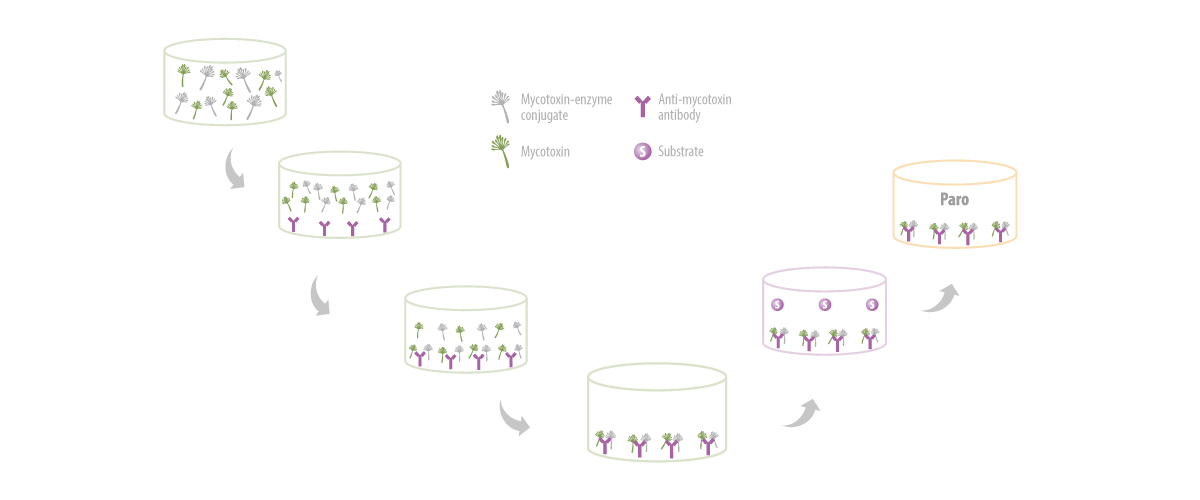
This technique is based on the ability of a specific antibody to distinguish the three-dimensional structure of a given mycotoxin and it requires only a simple extraction of the sample with a solvent.
After the development of the kit, a colorimetric reaction inversely proportional to the concentration of mycotoxin in the sample is generated, which is measured by the ELISA reader at an absorbance of 450 nm.
Membrane-Based Immunoassays: Flow-Through / Lateral Flow Test
This is a direct competitive ELISA consisting of strips composed of one block where the sample is placed, of another block where the conjugate is placed, of a membrane, of an adsorbent block and of an adhesive base, wherein the anti-mycotoxin antibody binds to the surface of a membrane (Figure 3).
It is a semiquantitative method, very simple, fast and stable, which makes it very useful technique for decision making in the field and in the factory.
Figure 3. Flow-Through Test
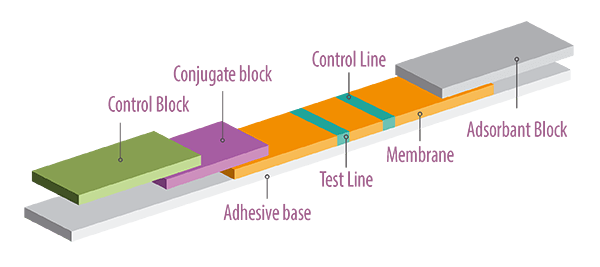
Extraction Using Immunoaffinity Columns
Immunoaffinity columns have been commonly used due to their high selectivity and the fact that they are easy to use. The procedure consists of preconditioning the columns, which is followed by the addition of the extract to be analysed. Mycotoxin specifically binds to the monoclonal antibodies present in the column, while the rest of the compounds are eliminated after the addition of a washing liquid.
Figure 4. Immunoaffinity columns application scheme
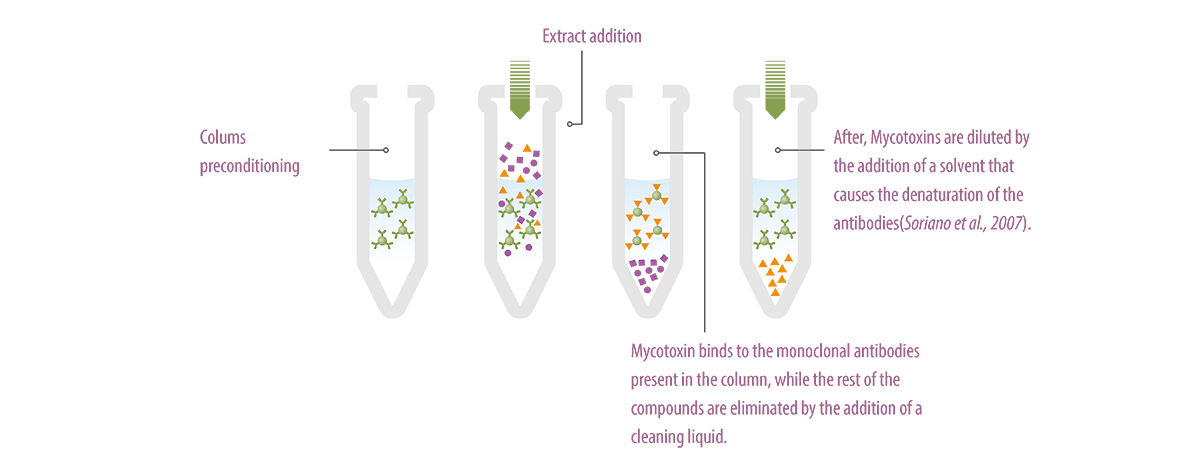
Instrumental methods
Chromatographic techniques
High-performance liquid chromatography
- It is sensitive
- Reproducible
- Accurate
- Has a higher degree of automation
The most widely used absorption and emission spectrometric techniques are ultraviolet (UV) and fluorescence (FL) detection, the latter being preferred when mycotoxins exhibit natural fluorescence.
Gas chromatography (GC)
The main group of mycotoxins analysed by GC are trichothecenes, obtaining detection limits and suitable variation coefficients prior silanisation reaction (Rodriguez-Carrasco et al, 2012;. Escrivá et al, 2016.).
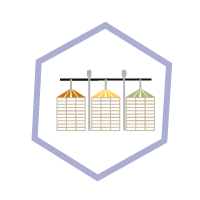



 Micotoxicosis prevention
Micotoxicosis prevention